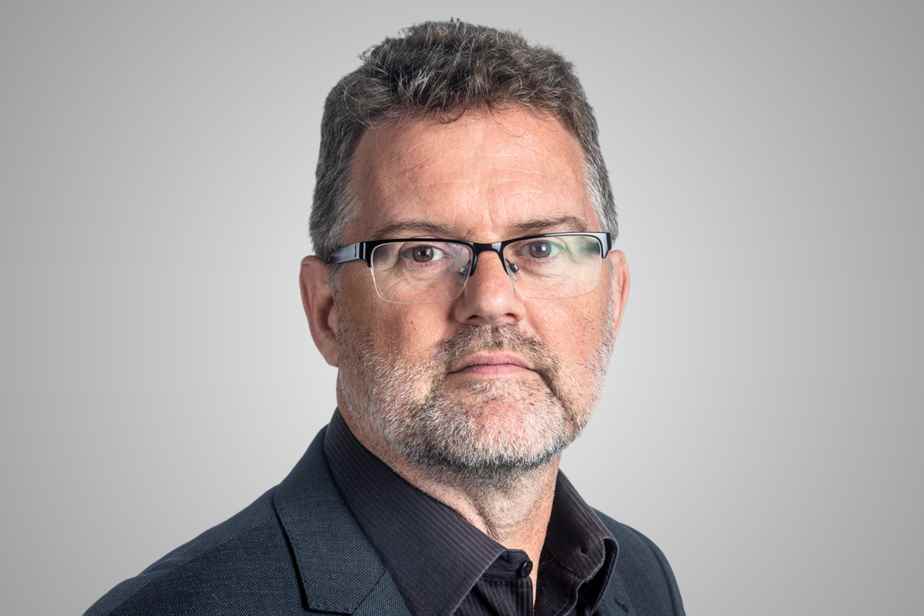We have a trio of health and social services ministers and, the least we can say, is that he has a big contract ahead of him: improving the health network. There are, in the spirit that animated the establishment of CLSCs 50 years ago, principles from which they should draw inspiration.
Posted at 5:00 a.m.
A little history.
In the village, at Notre-Dame-de-la-Salette, they nicknamed him “Pantoufle” because, in the forest, he was as silent as a deer. My father told me that Pantoufle had even surprised one at rest, behind a rock, and that he had managed to “harvest” it armed with his only knife! Mr. Mageau, whose real name was, was the driver of the CLSC Vallée-de-la-Lièvre minibus, a CLSC that had been created in 1975. His work consisted in particular of crisscrossing the Lièvre valley to bring seniors to their medical appointments.
One spring day, Mr. Mageau came to the office of the director of the CLSC (my father) and told him this: “Mr. Jobin, I have something a bit special to ask you. The old people I transport would like me to take them to see deer. Can I go park in fields from time to time to watch it? My father had said yes, to the delight of the elders and Pantoufle.
We can imagine the old people on the bus watching the deer while telling each other about their most beautiful hunts, or even the old women telling that such was the best for making a stuffed heart and that another would never have dared to cook the ” amourettes”, a succulent dish, it seems!
My father always believed that going to see the deer probably did more good for old people than a lot of appointments with the doctor.
This is called prevention through action on the ground.
Another story. Staying at home, then as now, was the priority expressed by seniors. To ensure this, the CLSC has hired many family auxiliaries to make home visits. These women knew the Valley and its inhabitants, and the management of a home held no secrets for them.
They quickly realized that what best met the needs of users, even before cleaning and personal care, was chatting, human contact. They talked about it at the office, the CLSC community organizers then took over and quickly, self-help groups were formed. They organized discussion evenings, evenings that turned into sewing days, outings in town, card tournaments, and so on. Many community organizations were born from this action on the ground and still exist today.
This is called a community that takes charge and grows.
Many are still faithful to the spirit of the CLSC, but this leeway in the field and this feeling of belonging to “their” CLSC have almost disappeared today.
Over the years, users have often been transformed into “clients”, the doctors’ lobby, the curative, has siphoned off resources, individual consultations have taken precedence over collective intervention. Through “framework programs”, the CLSC was placed at the service of the Ministry of Health rather than at the service of its community, and the huge CISSSs were unable to safeguard the sense of local belonging.
I don’t know if a return to what the CLSCs were is possible, I don’t have the expertise to judge. However, I know very well that it is the community organizations which, today, are at the heart of the daily action linked to people’s needs. The minister should have them constantly in mind.
They are the ones who know the people, the communities and their needs best. They are the ones who constantly adapt their actions to the reality on the ground, especially in a crisis situation. They are the ones who mobilize and defend rights. They are the ones who help the citizen to take responsibility and to act, alone or in a group, on his own health.
The network will not improve its front line if it does not empower local community organizations.
Last item. I know, community organizations are claimants, activists, passionate, inhabited by the urgency to help, stubborn, like the craftsmen of the CLSCs of the time. The connection between them and the health network is therefore not self-evident, and this is why this type of partnership requires expertise. This expertise is in the minds of community organizers (75% women), CLSC employees. They are field experts who are at the crossroads of civil society and public services. They too should be at the heart of the renewal of the network.
Through homemakers expressing users’ needs, through Mr. Mageau, who took seniors back in time, all of Quebec’s communities were asking the government to adapt its actions to local realities. This fundamental need still exists, and the reform to come will have to respond to it.
